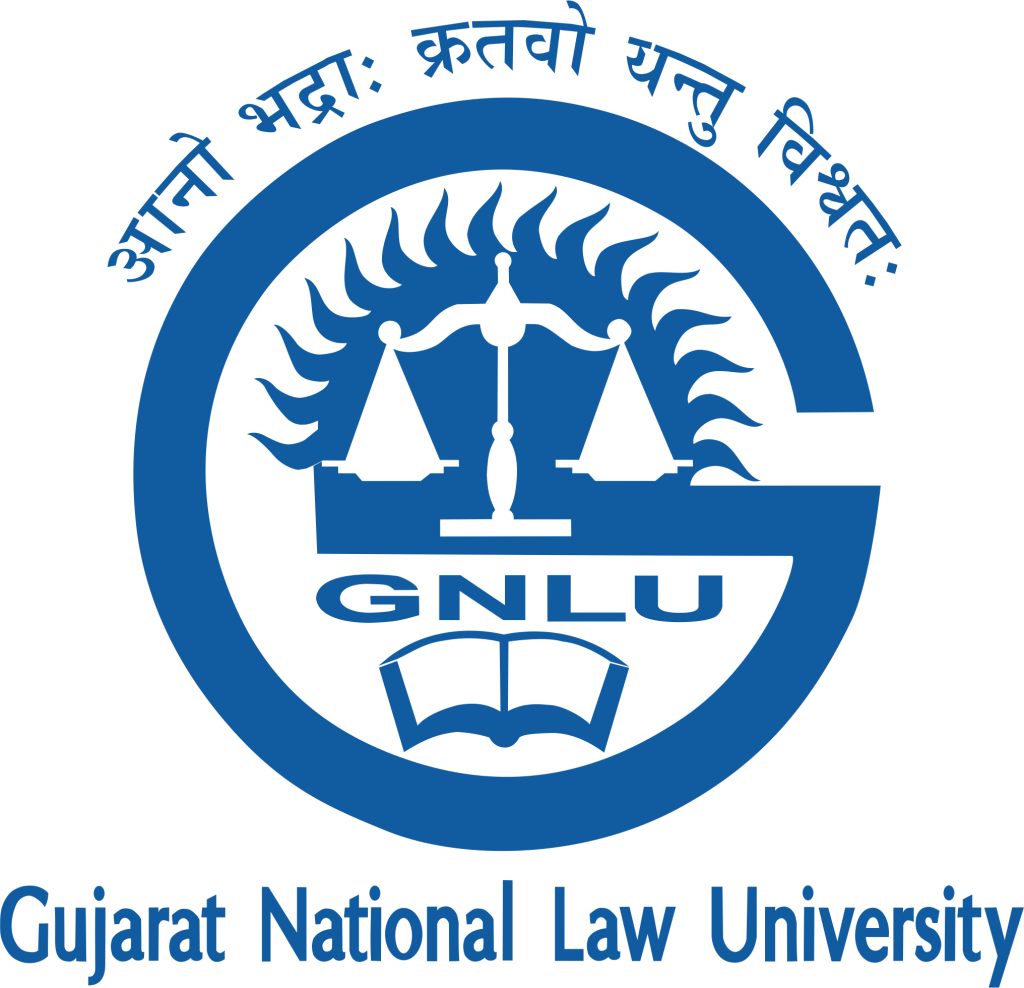Economic Analysis of Right to Education: Unni Krishnan v. State of Andhra Pradesh

– Deepika Reddy Y. and Aradhana
Abstract
“The future belongs to the nation that best educates its citizens.” – Barack Obama
What happens when the promise of education collides with the barriers of affordability? The landmark Unni Krishnan v. State of Andhra Pradesh (1993) case tackled this question head-on, laying the foundation for education as a fundamental right and a catalyst for progress in India. This Supreme Court judgement recognized education as a basic right under Article 21 of the Indian Constitution with vital contributions toward social and economic development. It dealt with the balance between private educational institutions’ autonomy and State responsibility toward affordable and equitable education to all.
This analysis delves into the economic dimensions of the judgment, which explores the cost-benefit dynamics of the subsequent Right to Education (RTE) Act of 2009. The study utilizes tools such as cost-benefit analysis and game theory to evaluate how the government and private schools interact with each other in executing the Act. The analysis underlines the relevant social and economic benefits including poverty reduction, enhanced human capital and long-term economic growth. The Unni Krishnan case not only confirmed education as a basic right, but it also laid the groundwork for an inclusive, prosperous future by recognizing education as a crucial engine of social fairness and long-term economic prosperity in India.
Keywords: Right to Education, Unni Krishnan Case, Cost-Benefit Analysis, Game Theory, Constitutional Right.
To read more, click here.
The authors are students of Gujarat National Law University.